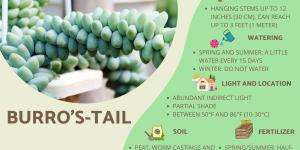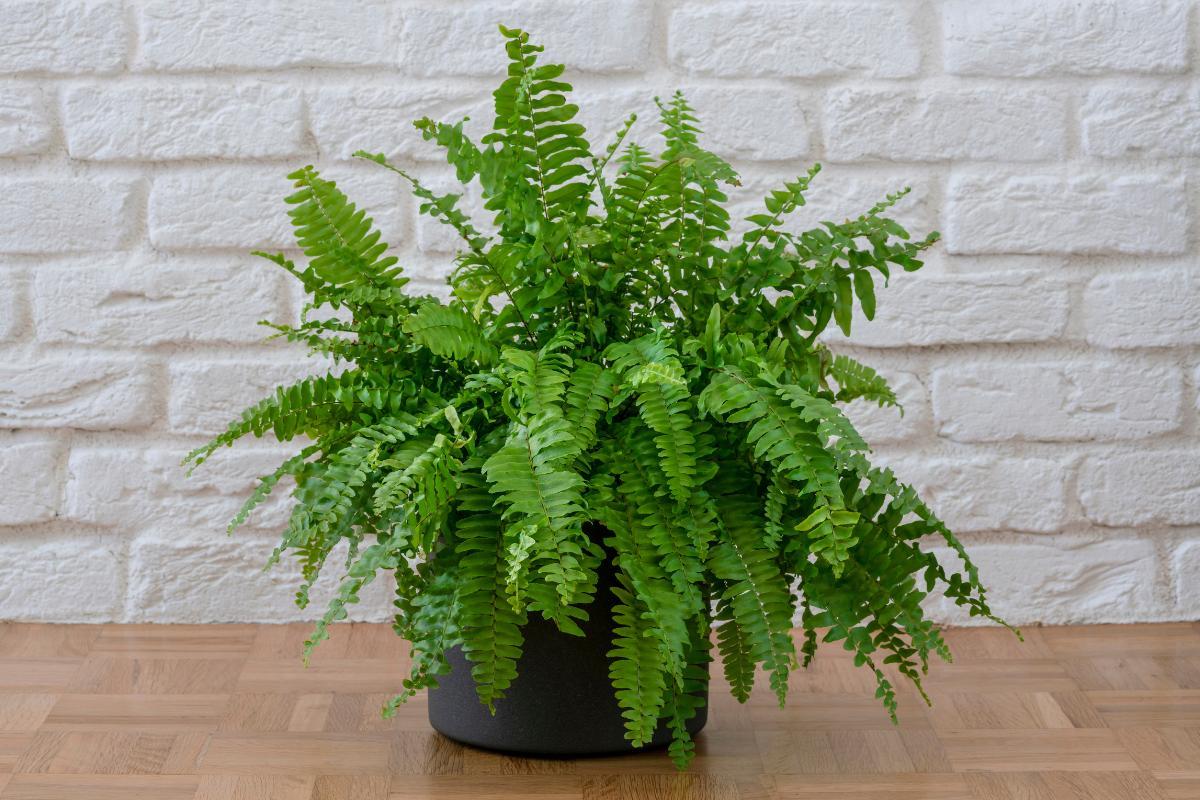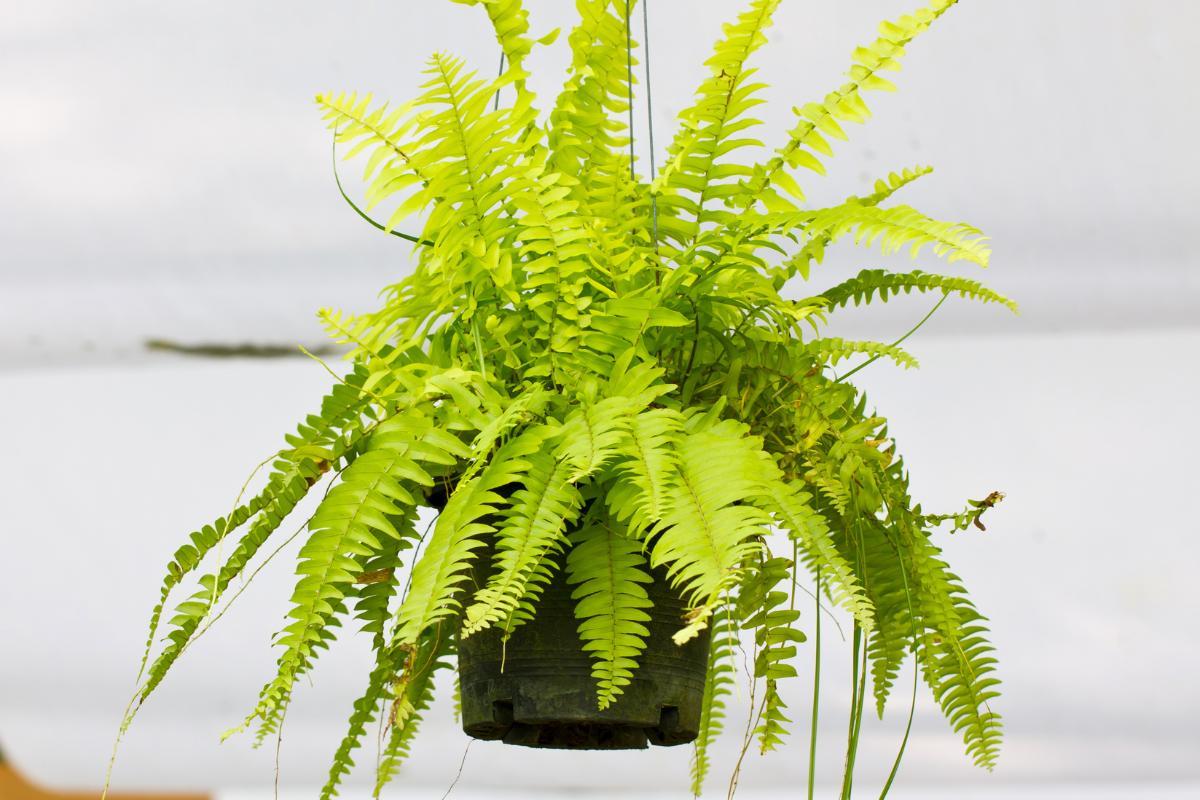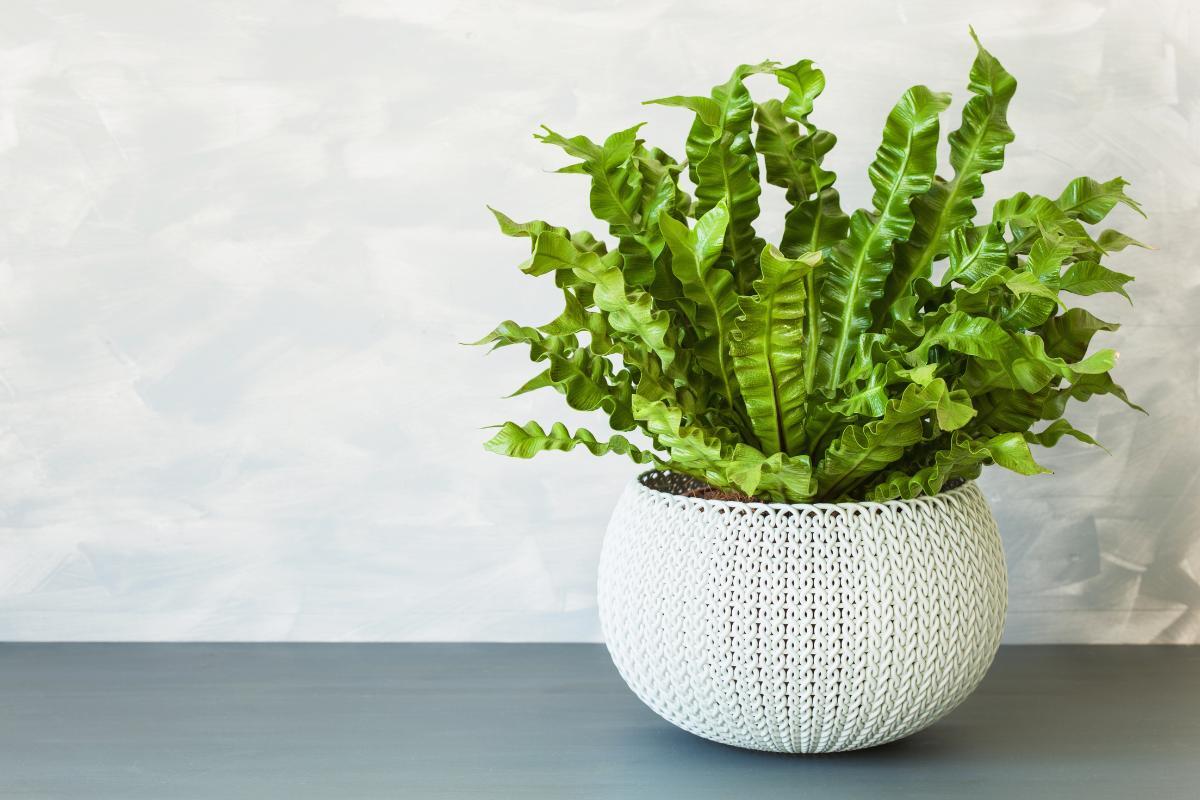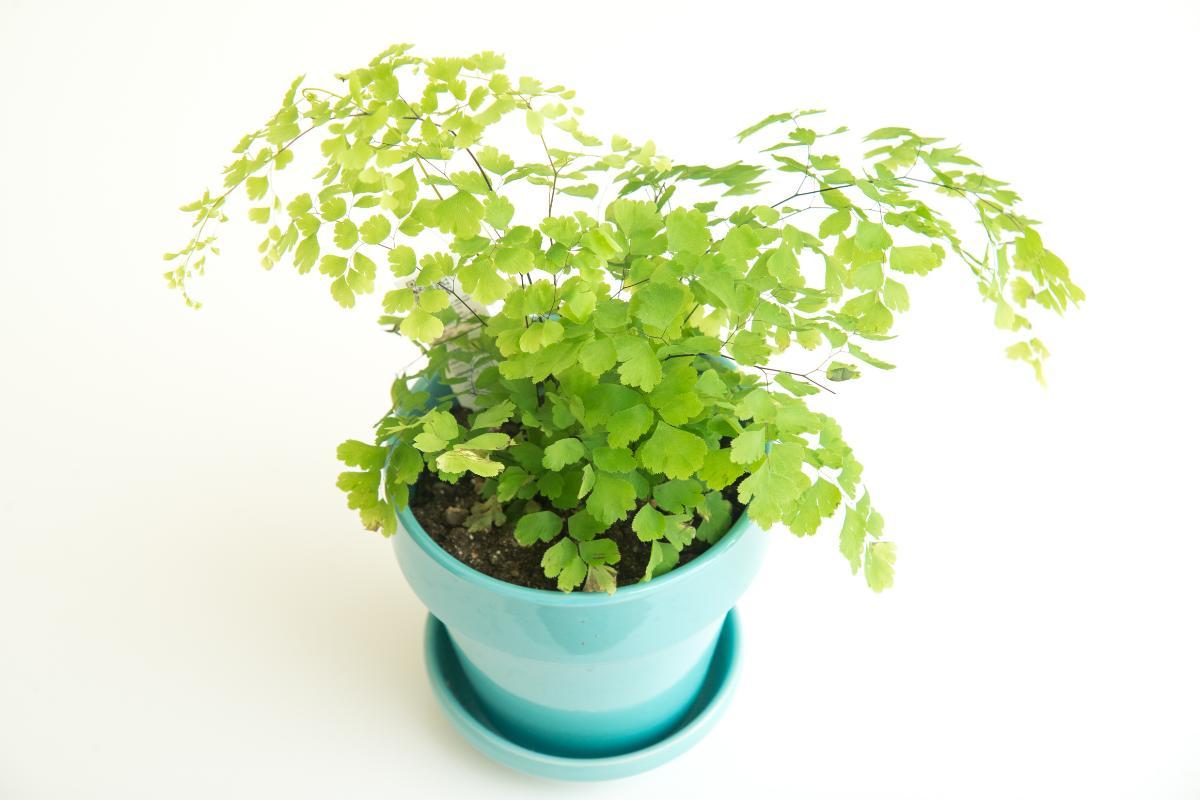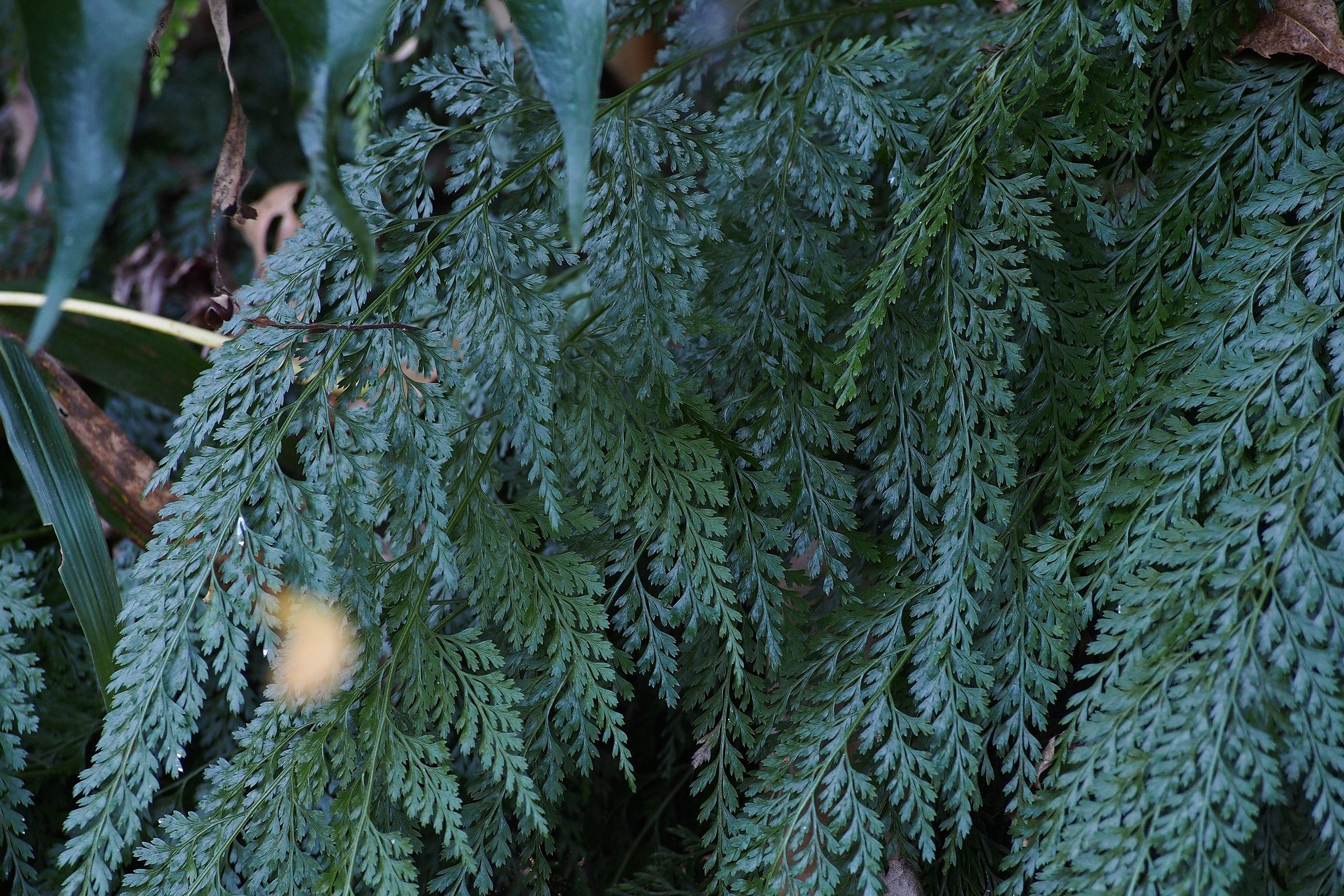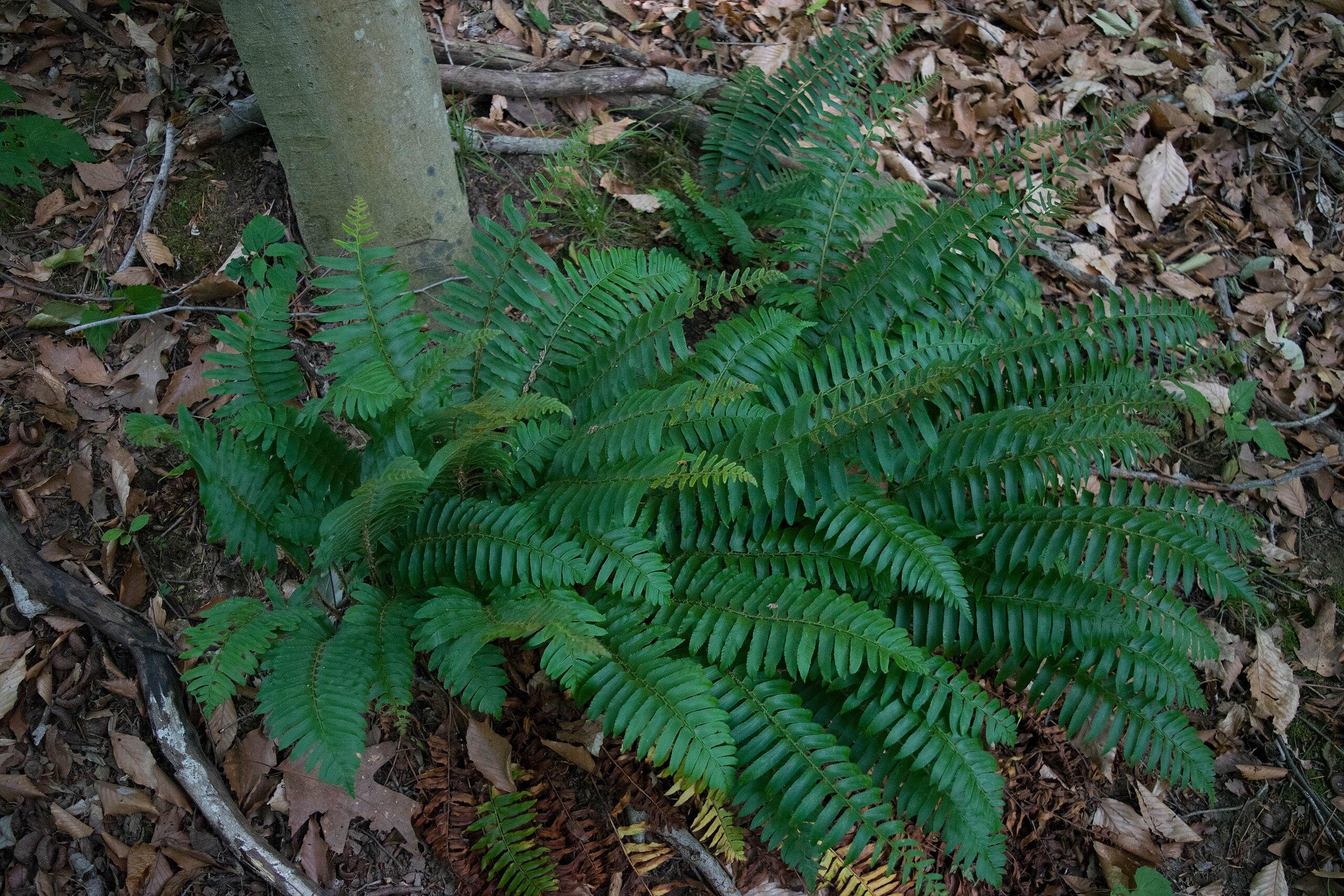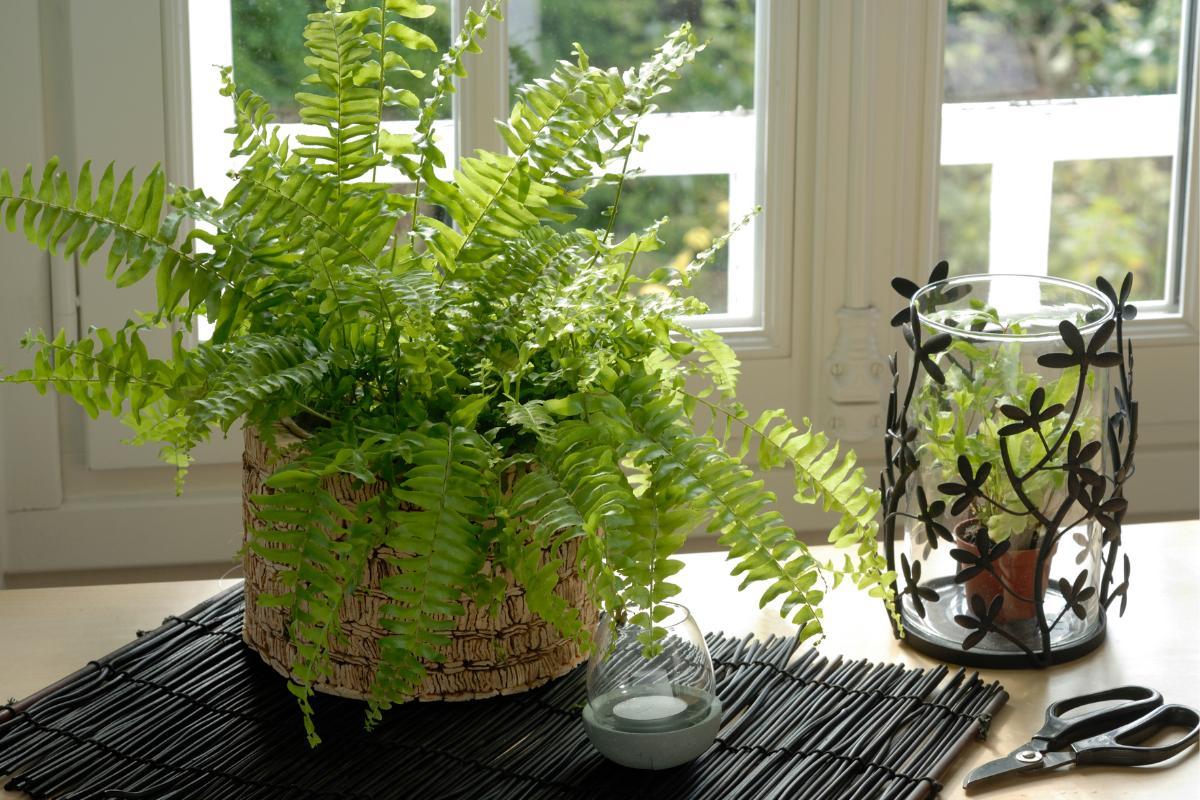How to Care for Indoor Ferns


While there are different types of indoor fern plants, they all share the same basic needs in terms of care. In nature, ferns are part of the class of plants known as Polypodiopsida. Not all types of fern will make good houseplants, but plants like the Boston fern (Nephrolepsis exaltata) and bird's-nest fern (Asplenium nidus) can be the perfect houseplant for those who want to add a little foliage. Although they do not flower, their leaves are beautiful fronds which can add an angular and potent vibe to your living spaces.
At thedailyECO, we explain how to care for indoor ferns. We look at different types of indoor ferns you might want to keep in your home, as well as all their needs in terms of light, watering, soil, propagation and more.
- Boston fern (Nephrolepsis exaltata)
- Bird's-nest fern (Asplenium nidus)
- Delta maidenhair fern (Adiantum raddianum)
- Carrot fern (Onychium japonicum)
- Christmas fern (Polystichum acrostichoides)
- Light, temperature and location of indoor ferns
- Soil and fertilizer for indoor ferns
- Watering indoor ferns
- Pruning indoor ferns
- Indoor ferns propagation
Boston fern (Nephrolepsis exaltata)
This is the most widely sold fern houseplant. Also known as the fishbone fern, its leaves are long and compound with a structure which resembles the skeleton of a fish. The fronds can grow as much as 98" (250 cm) in length in nature, but they do not often get this long in the home.
Generally speaking, indoor Boston ferns will grow to be about 35" (90 cm) in height, meaning they won't be obtrusive. This is known as a parlor fern, meaning it requires semi-shade. It is commonly places in hanging baskets, but it can be just as good in a pot. Although they may look dead, they can often revive themselves after a frost until they are healthy again.
Learn more about Boston fern care and propagation with our related guide.
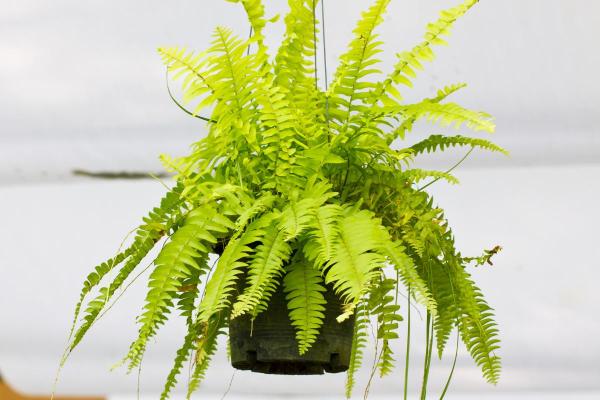
Bird's-nest fern (Asplenium nidus)
This fern is unique because its fronds are not divided into small leaves. Instead, they have a single shape which resembles a ribbon waving in the air. They can be up to 8" (20 cm) in length, with the full plant being between 12 and 60" (30-150 cm) in height. Their natural habitat includes the tropical forests of Africa, Asia, India and Hawaii. They grow on tree branches as if they were nests, covered by the tree canopy. For this reason, they also need filtered light.
Discover our bird's-nest fern care guide here.
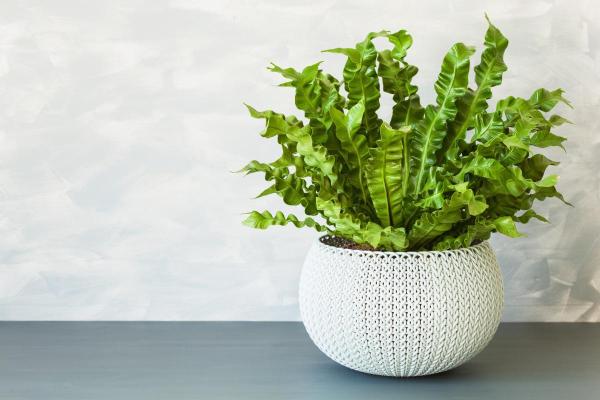
Delta maidenhair fern (Adiantum raddianum)
This fern is characterized by having thin, black stems which are reminiscent of hair. In this way, they resemble a maiden's head, hence their common name. The fronds are composed of small, multi-lobed leaves which are arranged so that each frond has a triangular appearance. It grows between 20" (50 cm) tall and wide. It is very popular as an indoor fern, as it is native to the jungles of South America.
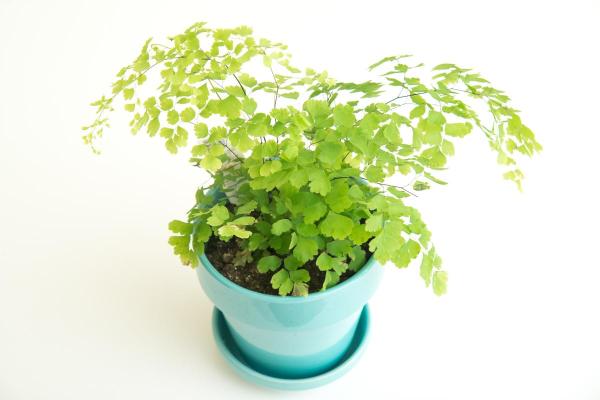
Carrot fern (Onychium japonicum)
It is a fern that is distinguished by being extremely resistant, making it a great choice to have at home under partial light. Its fronds are composed of small, delicate, feather-like leaves which are reminiscent of carrot leaves.
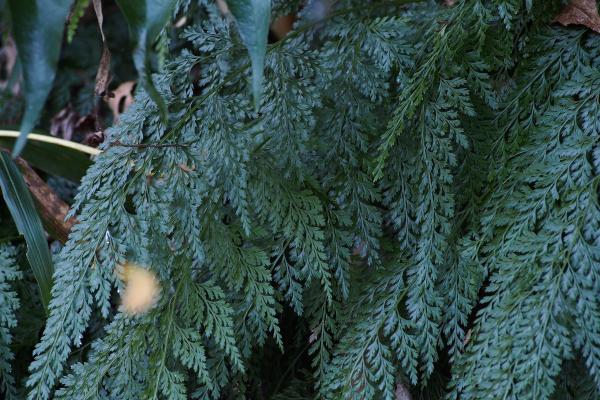
Christmas fern (Polystichum acrostichoides)
It is similar to the Boston fern, with fronds composed of elongated and oblong leaves. It grows less than the Boston fern, up to 39" (1 m) tall and wide at most. It is a great choice as an indoor fern because it is one of the few that tolerates even full shade.
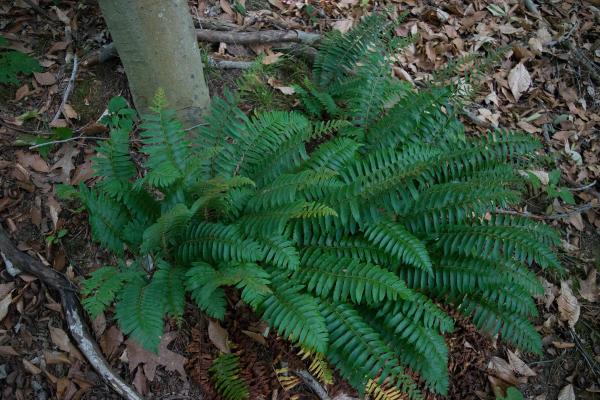
Light, temperature and location of indoor ferns
Now we have some common types of fern houseplants, we will want to start looking at how to care for them. We start with their light and temperature needs:
- Indoor ferns are plants adapted to low light conditions, which usually grow under much larger trees. That is why we can replicate the semi-shaded environment at home and enjoy them as indoor plants.
- Although found all over the world, they generally prefer warmer temperatures.
- The ideal location is near a window where they receive some light during the day, but never direct sunlight because it can burn the leaves.
If you want more than ferns at home, but you don't have much natural light, our list of the best partial-shade plants may provide some options for you.
Soil and fertilizer for indoor ferns
Indoor ferns require a well-drained substrate that does not drown the rhizomes underneath. They also require soil that is rich in organic matter so that it provides enough nutrients. It is recommended to prepare a substrate with equal parts of peat, sand and worm castings. You can learn how to make worm castings at home with our related guide.
In order for the leaves to always remain bright green, it is necessary to provide nutrients from time to time. This is sot they can replenish those that have already been consumed over time. This fertilization is done in spring and summer which is the plant's growing season. A layer of worm castings can be applied as mulch or a liquid universal fertilizer can be added straight to the soil.
Discover the difference between fertilizer and compost in our related guide.

Watering indoor ferns
All plants need watering, but ensuring we use the right amount at the right time can be the life or death of a plant. When watering indoor ferns, you need to consider the following:
- Ferns need to be watered when there are high ambient temperatures. However, this can lead to root rot problems due to being indoors where evaporation is lower. To avoid this, it is important to use a good substrate as mentioned in the above section, as well as using a pot which has drainage holes.
- The frequency of watering indoor ferns is usually every third day. The trick is in the quantity, which should be small, but frequent. It should be increased during hot seasons and reduced when the temperatures start to drop.
- Watering should be done directly on the roots. If watered on the leaves, the plant may rot.
- It is advisable to provide a humid environment which can be done by spraying the leaves with a spray bottle or similar diffuser.
Ferns are a type of plant known as cryptogams, a group which share the ability to reproduce by spores. Discover more about what are cryptogamic plants with our related guide.
Pruning indoor ferns
Indoor fer house plants do not require much pruning. Their attractive feature is their foliage and so we usually want to keep them nice and bushy. You can remove any fronds that are already damaged, such as those that are brittle or that have turned yellow.
There are some ferns that are deciduous, meaning they lose their leaves in the winter. In this case, it is recommended to cut the fronds in the last months of the year. This means they can develop new, strong, healthy leaves when spring comes around. You will know that your fern is deciduous because in winter its leaves will begin to fall, making it look like it is about to die. Do not throw away your plant because it will grow again once more hospitable conditions return.
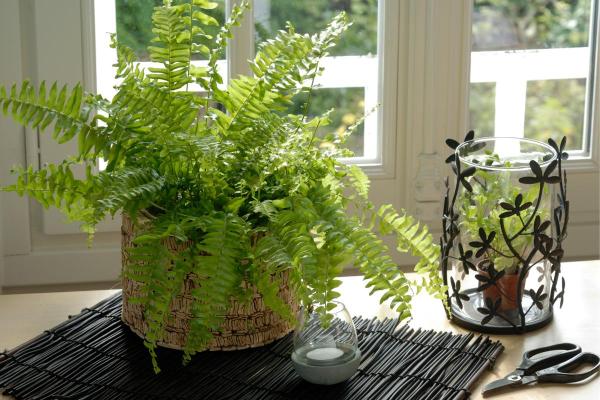
Indoor ferns propagation
Indoor ferns can be propagated by division, which involves dividing a plant into two at the root. Once transplanted, they should be watered thoroughly to help them adapt to their new surroundings. More ferns can grow from the same plant, emerging from the base as tight curls.
Discover how different ferns reproduce naturally with our related guide.
If you want to read similar articles to How to Care for Indoor Ferns, we recommend you visit our Plant care and cultivation category.
- Herrera, C., & Herrera, E. (2016). Caring for indoor plants. Spain: RBA Libros.
- Plants for Aesthetic Interiors. (n.d.). (np): AGRIHORTICO.




